As an individual interacting within today’s flowing world, staying informed feels more like a necessity than a choice. Regardless of your position, it’s nearly impossible to fully separate yourself from local and global news.
It’s incredible to think about how the shape of the news can frame our understanding, emotions, decisions, and behavior—often without us even realizing it. But with the overwhelming volume of information coming at us from all directions, it’s easy to feel overloaded, struggle to separate fact from fiction, and lose an objective perspective*.
What if, instead of passively scrolling through endless feeds, you could create a structured ritual for consuming news—one that keeps you informed while protecting your well-being? In this post, I’ll share how I’ve designed my approach to not only what news I consume but also how I consume it.
What Made Me Choose Subcription-Based Online Newspapers
As technology has advanced, the way we consume information has dramatically changed. What was once a morning ritual of reading the newspaper over coffee has evolved into radio, television, and the internet, available 24/7*.
It’s fair to say that there’s no single “best” type of news media, and it’s often advisable to diversify your channels for a well-rounded perspective. Even so, I have chosen subscription-based online newspapers* and magazines* as my primary sources and here’s why:
1. Simplicity
While consuming multiple types of media—such as listening to a daily news podcast during your commute or watching a TV broadcast over dinner—can provide flexibility. However, it can also be overly complex and even distracting. I’ve personally found that having a consistent and credible foundation simplifies the process, eliminating the hassle of switching between various formats.
2. Flexibility
Unlike audio or video, text allows readers to easily control the subjects, sections, and speed as they want. Whether you want a focused read or simply want to glance through for a summary, text lets you set the pace. Moreover, reading is a silent activity that requires minimal movement, making it perfect for maintain a low profile. Whether in public or private spaces, you can discreetly consume information.
3. Accessibility
Online newspapers are accessible across various devices and update in real-time, allowing you to reliably access the latest news anywhere, anytime, even with limited internet bandwidth or data plan.
4. Credibility
Subscription-based platforms are typically backed by established and reputable organizations that adhere to rigorous journalistic ethics—publishing articles that lay out facts in a sterile, noncommittal manner, standing back to “let the reader decide” the truth of the matter*.
5. Sustainability
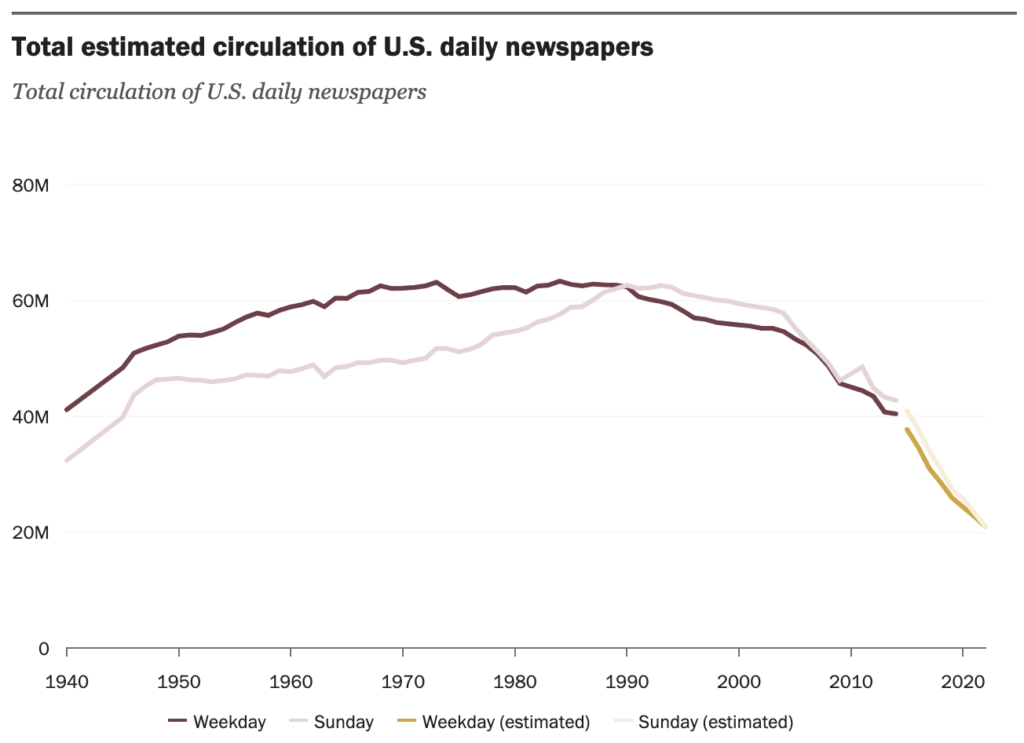
Pew Research Center
In an era of plentiful and free information on the internet, consumers are less willing to pay for jounalism than before. Declining circulation and ad revenue have made it incresingly difficult to keep local newspapers viable* and sustain journalism with high standards*.
As the subscription model provides a stable revenue stream, both readers and the industry benefit from it. On a micro level, it offers an improved user experience with fewer ads and access to quality content. On a macro level, reduced reliance on advertisers and external pressures helps ensure independent reporting and local jounalism continue to inform communities.
What Factors to Consider When Choosing Newspapers
Media can have an effect* on audiences’ thoughts, attitudes, and behaviors. When combined with written, televised, or spoken channels, mass media has the power to reach large audiences and shape society*.
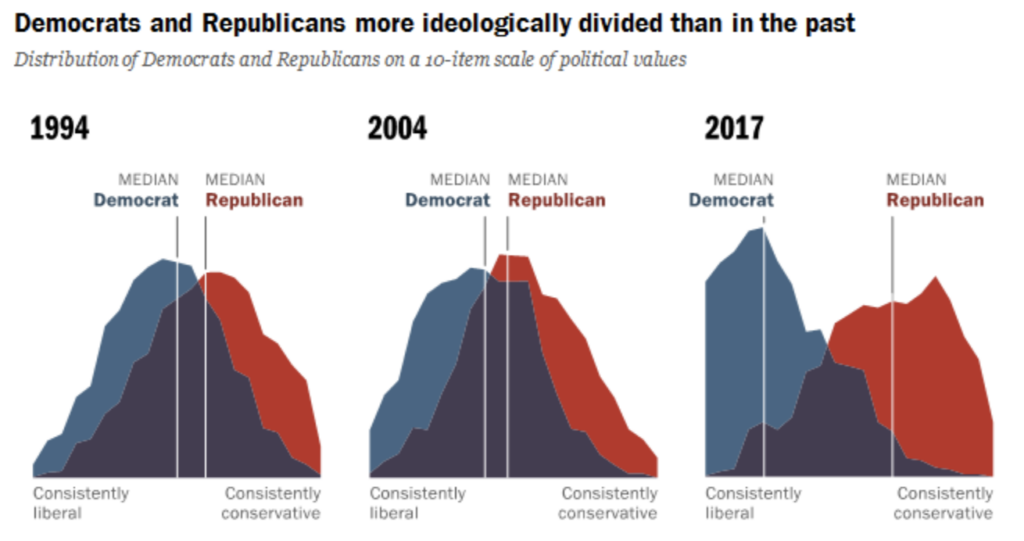
Pew Research Center
So, it’s crucial for each of us to develop media literacy*—the ability to access, analyze, and evaluate media messages. By being aware of media influence and adopting an active stance when consuming content will effectively protect yourself from unwanted effects and gain deeper insights.
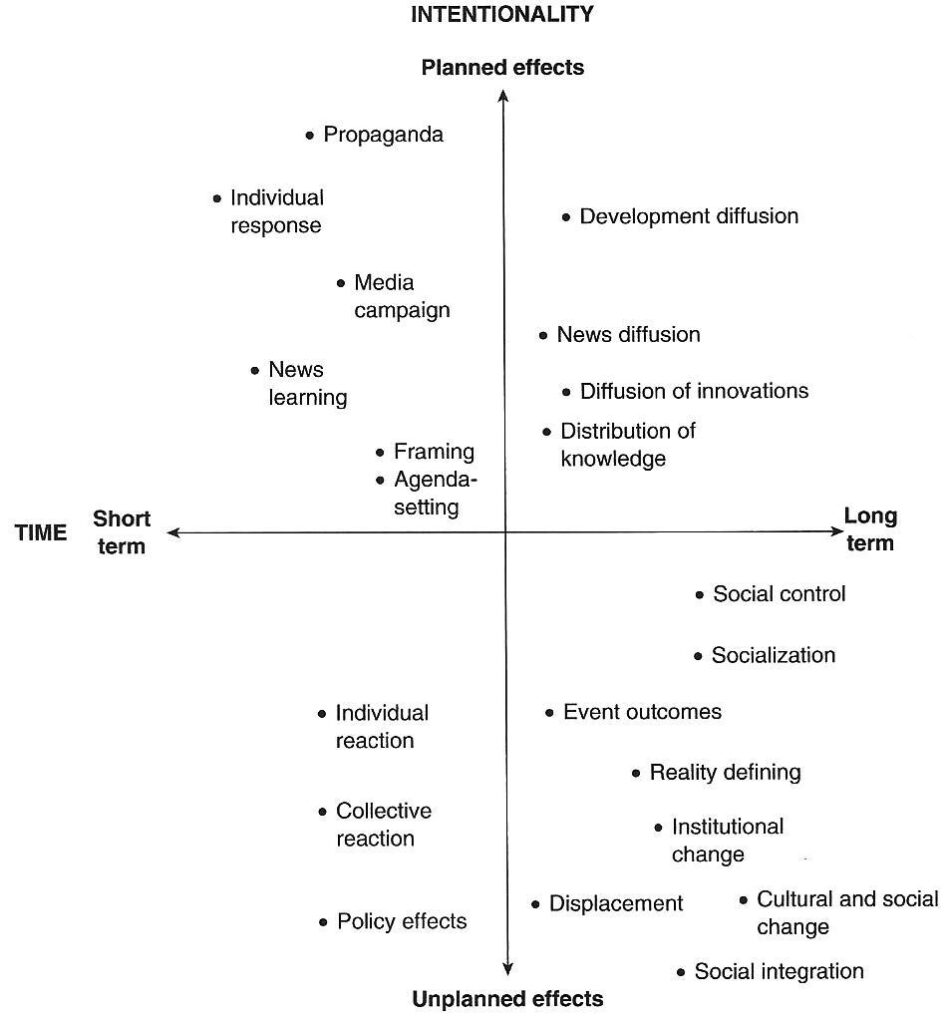
Media literacy can be executed through reflection on one’s media choices, identifying sponsored content, recognizing stereotypes, analyzing propaganda, and discussing the benefits, risks, and harms of media use.
How Can We Execute Media Literacy
It would be ideal if all newspapers strictly followed journalism ethics and standards* to meet media neutrality* and avoid bias*. In reality, though, practical limitations often arise from a range of factors such as media ownership and sponsorship, subjective selection of staff, perceived preferences of the intended audience, government influence, political pressures, and more.
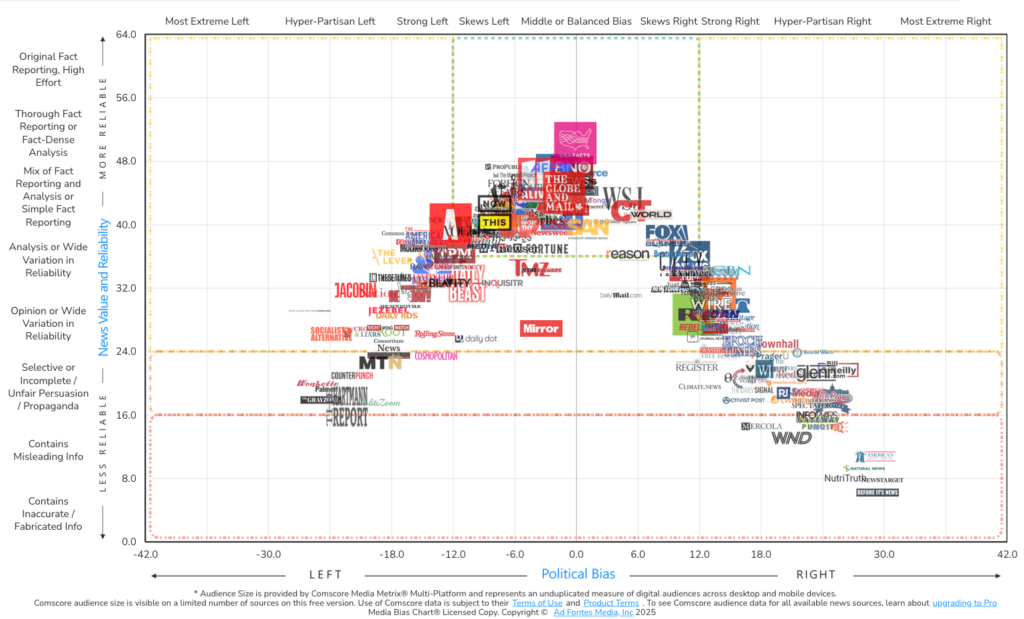
Ad Fontes
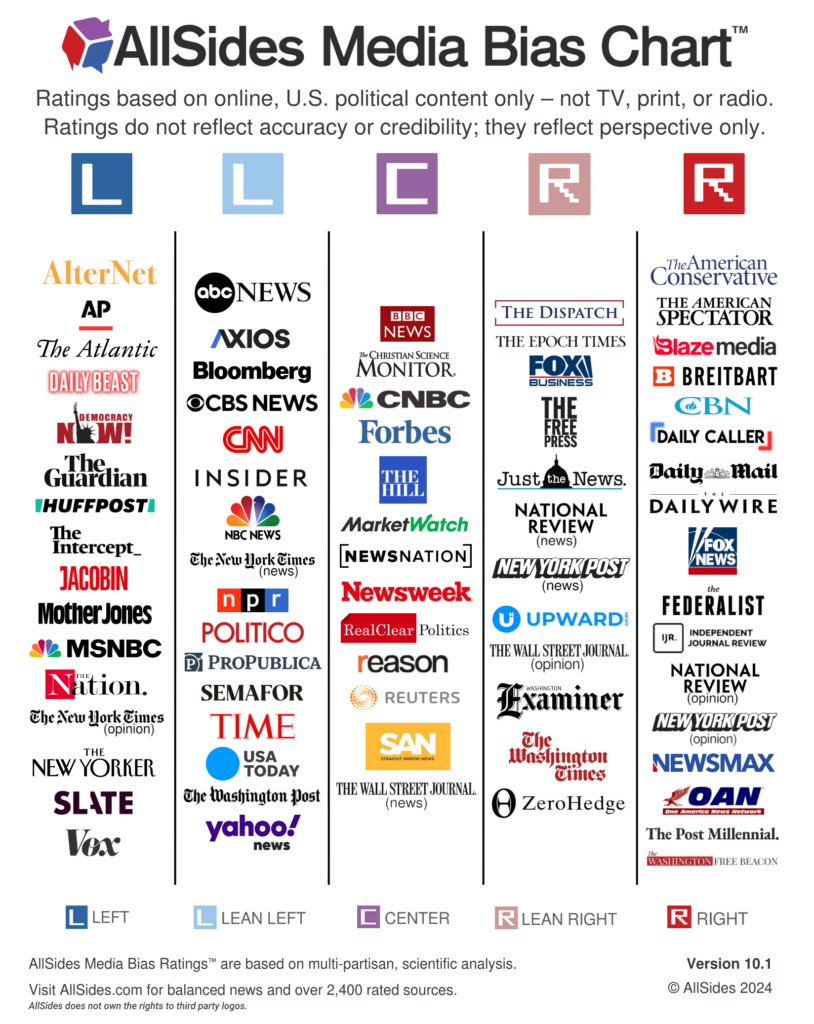
AllSides
Then how can we actually practice media literacy and avoid bias? It begins with admitting that no single newspaper is perfect. The key is to expose yourself to multiple newspapers with different perspectives and viewpoints to achieve a balanced understanding and critical assessment of the topic.
While political bias usually gets the spotlight, another often underestimated form of bias is the depth of reporting. Some publications prioritize speed—offering quick takes with little context to keep up with the news cycle. Others take a slower, more thorough approach, offering deeper analysis and richer context.
One way to counterbalance this by mixing daily newspapers with periodical magazines, as their less frequent publications allow for more in-depth and detailed articles, supplementing the broader coverage provided by daily newspapers.
Suggested Sources for General News
Below is a list of sources I’ve handpicked based on my own criteria, so it may not suit everyone. However, I’ve tried to keep it as baseline as possible, so it can serve as a solid starting point for many. I consider daily newspapers essential, while periodical magazines are optional for those who want a deeper dive.
[Daily Newspapers] / Essential
– The New York Times*
– The Wall Street Journal*
– The Washington Post*
[News Agencies] / Optional
– Reuters*
– Associated Press*
[Periodical Magazines] / Optional
– The New Yorker*
– The Atlantic*
Side Note: A news agency* is an organization that gathers news reports and distributes them to various outlets—such as newspapers, television broadcasters, individuals, analysts, and intelligence agencies.
These agencies prioritize timeliness, accuracy, and objectivity, often focusing on delivering the essential facts with minimal context. While they may lack the depth, their concise reporting can be especially useful for readers who value timely, straightforward information.
Suggested Sources for Economics & Business News
[Daily Newspapers]
– Bloomberg*
– Financial Times*
[Periodical Magazines]
– The Economist*
Should I use News Aggregators?
After listing several recommended news sources, you might be wondering—do I really have to visit each site individually every day? That can get exhausting fast. Naturally, many people look for an all-in-one solution to streamline their news intake. That’s where news aggregators come in.
A news aggregator* is a website or app that collects content from multiple sources and displays them in one single feed. While this sounds incredibly useful in theory, in practice it often fails to work as desired.

[Manual Aggregators]
Tools like Feedly*, Inoreader*, and Thunderbird* let you manually subscribe to the RSS feeds of your favorite outlets and display them in a single feed. While they offer more control and customization, they come with a few notable limitations:
- They can’t aggregate paid or subscriber-only content.
- You’ll anyways have to click through to the original site to read the full article
- RSS has been fading for years, rasing concerns about long-term reliability and support.
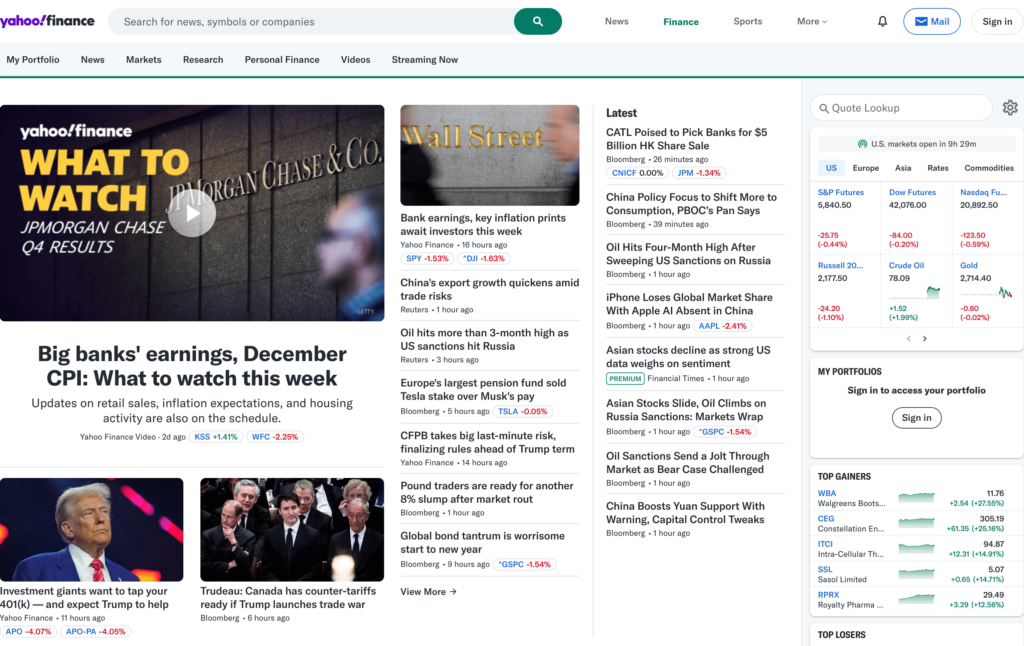
[Algorithm-Based Aggregators]
Platforms like Yahoo News, Apple News, and Google News, operates using recommendation algorithms as part of their curation system. These systems are designed to show you content you’re more likely to click to keep you engaged longer and generate more ad revenue. They’re convenient, but this system has a few big trade-offs:
- Filter bubble effect* occurs when algorithms tailor to content you see based on your past behavior—such as click history, viewing habits, or search patterns—because that’s what keeps you comfortable and engaged. The more you interact with, the more similar ones you’ll be shown, reinforcing your beliefs and filtering out opposing perspectives. Over time, it can isolate individuals in a personalized information bubble, creating a limited view of the world that may feel complete, even when it’s not.
- Algorithm bias* means the recommendation system works like a black box*—you don’t really know how or why certain stories are being shown to you. These algorithms can be influenced not only by your past behavior, but also by the platform’s own priorities, which might include commercial interests or even political leanings.
Even though it’s possible to reduce personalization (e.g., by not logging in or adjusting settings), it’s important to remember: there’s no magic tool. Every platform has its own kind of bias—whether algorithmic or human—and being aware of that is part of practicing media literacy.
If your goal is to develop your analytical skills, I recommend giving Ground News* a try for a few weeks or months.
Ground News is one of the largest news aggeregators designed with an objective algorithm and bias breakdown in mind. By comparing how stories are reported across the political spectrum, and labeling Bias/Factuality Rating for each article based on data from independent monitoring organizations, it makes lateral reading more accessible and quickly identify bias and evaluate the credibility of articles.
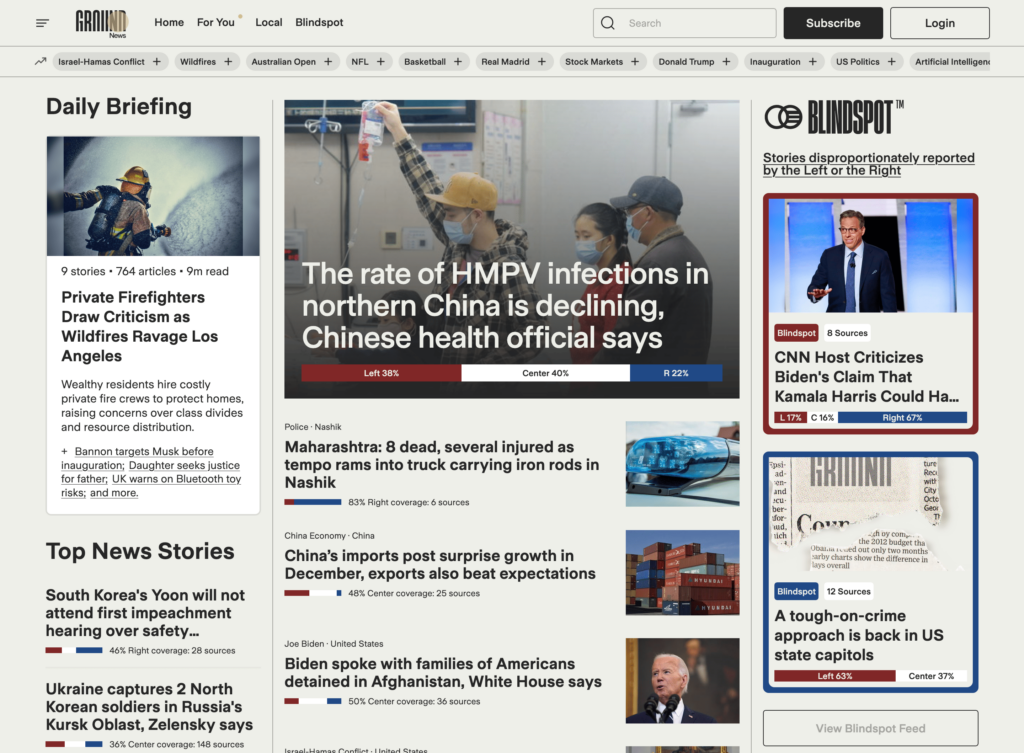
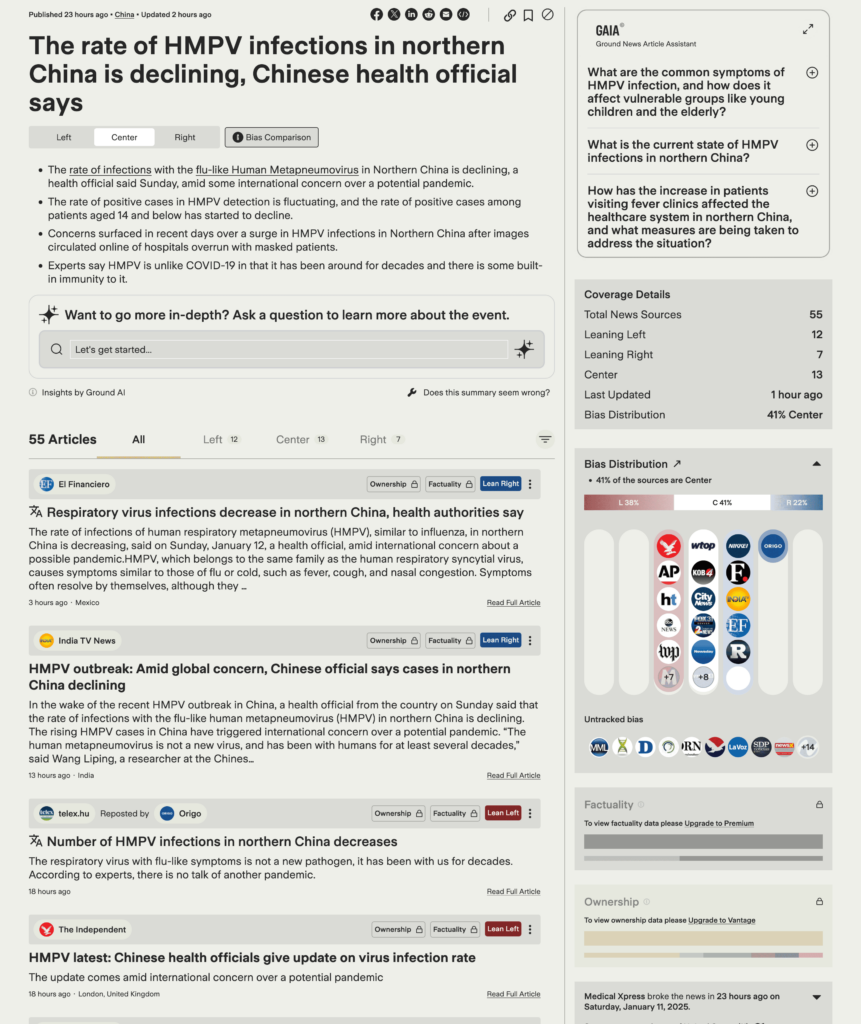
Still, it’s not without its limitations:
- Overly relying on the left-center-right dichotomy oversimplifies complex political ideologies, reducing nuanced perspectives to a binary problem.
- Bias labels are applied to entire publications rather than individual articles, which can misrepresent a story’s actual perspective
- Since it aggregates content from numerous sources (most of which are free), the summaries often converges to lack the depth and quality.
- While AI-generated summaries sounds promising in theory, in practice they can lack clarity and sometimes be inaccurate or misleading
- As a news aggregator, it does not share revenue to the original sources, nor produce any original journalism of its own.
That said, I still recommend trying Ground News for a few weeks. It’s a useful tool for practicing lateral reading and understanding nuanced differences in coverage. Afterward, you can refine your approach to news consumption and step up for more advanced strategies.
Stick to the Manual Approach
After a tremendous amount of research and testing, I’ve come to a one clear conclusion: stick with the manual approach.
We’ve come a long way, and now it’s time to build your own ritual for news consumption. As you shape your routine, keep the following principles in mind. They’ll guide your process and keep you grounded in thoughtful, intentional media habits.
Create a ritual for media consumption
1. Be Intentional with News Comsumption
- Unlike social media—designed to grab your attention and encourage passive scrolling—quality journalism doesn’t offer immediate reward. It might feel intuitively boring at first, but being intentional with consuming news will not only sharpen your decision-making, but spark new ideas,
and even lead to financial opportunities. Most importantly, it will help you appreciate the process of gaining knowledge over time.
2. Set a Time and Limit
- Don’t snack all day long. Instead, choose a specific time—when you wake up, before bed, over lunch, or during your commute—to stay informed without constant distractions.
- Keep your news consumption focused by limiting time. You can’t read everything, but you also don’t want to read nothing. 20~30 minutes a day can be a good starting point as grounding yourself to the getting verificed information and prevent information overload.
3. Approach Like a Journalist
Actively engaging and asking will make your own opinion. Don’t passively absorb, keep ask critical questions about the content:
- Who is the source? Are they named? Are they credible?
- What is being claimed? Are facts clearly distinguished from opinion?
- When was it published or reported? Is it current or outdated?
- Where did the information come from—direct observation or hearsay?
- Why is this being reported? Is there an agenda?
- How do we know this? What evidence or documents support it?
4. Diversity is a Key
[Mix up your sources]
- By cross-checking stories across multiple sources, you can verify facts and identify potential misinformation.
- Every media outlet has its own editorial voice and agenda, consuming news from diverse sources helps counterbalance those biases.
- Make space for perspectives that challenge your own.
[Mix up your formats]
- As different media formats(e.g., print, video, podcasts, social media) offer unique characterists*, some media types are better suited to certain situations. For example, listening to podcasts during a commute, watching live broadcasts during breaking crisis, scrolling social media during press embargoes*.
- Traditional channels(e.g., print newspaper, TV broadcast) typically provide general curation by professional editors, designed for a broad audience. As they expose you to a diverse range of topics that may not perfectly align with your interests or beliefs, it helps you avoid the filter bubble* effect and echo chamber effect* from personalized recommendation.
[Personalized doesn’t always mean bad]
- If the convenience is critical, or you’re lack in time, news aggregators or apps with tailored content can outweight the disadvantages it comes with. It’s always a matter of degree so keep yourself aware of it.
5. Keep good habits in mind
- Look beyond news aggregators to original news sources to read the original facts and for nuance that may have been lost. The farther you get from the original source, the less reliable it becomes
- Studying dedicated knowledges can help you combine your peripherial knowledges from the news, offering a deeper understanding and allowing you to “level up”
My Ritual for Consuming News
For me,